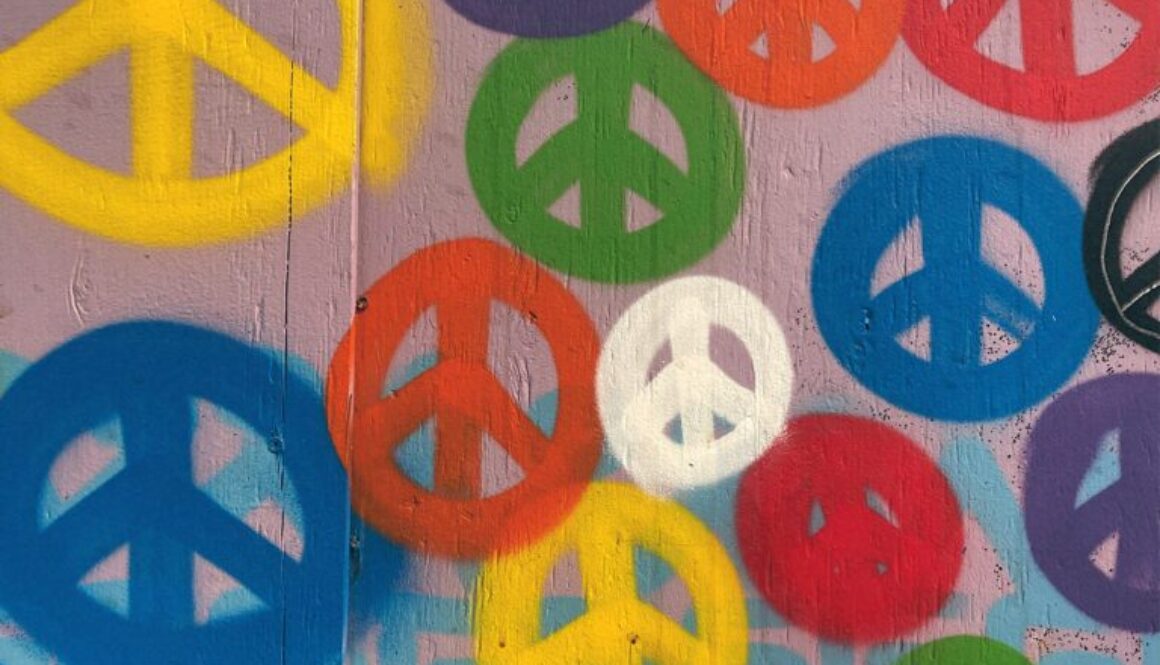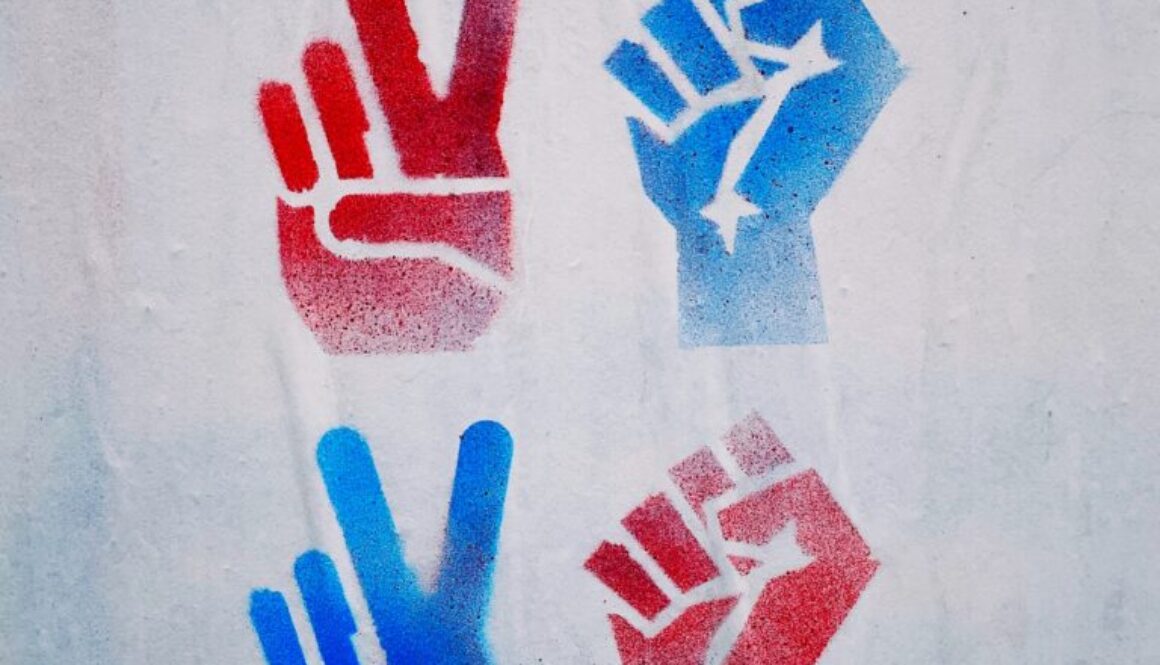The difference between positive and negative peace
According to the World Health Organization, peace is “a state of complete physical, mental and social well-being and not merely the absence of disease or infirmity.” In other words, peace is more than just the absence of conflict. Peace is a state of harmony and wellbeing.
There are two types of peace: positive peace and negative peace. Negative peace is the absence of violence or conflict. It’s when people are not fighting or actively harming one another. Positive peace, on the other hand, is more than just the absence of violence. It’s a state of harmony and wellbeing. Positive peace includes things like respect, justice, and equality. It’s about more than just avoiding conflict; it’s about creating a peaceful environment where everyone can thrive.
So, what’s the difference between positive and negative peace? Put simply, negative peace is the absence of violence while positive peace is the presence of harmony. One is about avoiding conflict while the other is about creating a peaceful environment where everyone can thrive.
Negative peace
Negative peace is the absence of violence or the absence of war. It is often thought of as the only type of peace, when there is no fighting or violence. The advantage of negative peace is that it can prevent violence and war. If people are not fighting, then they are not causing harm to each other. The disadvantage of negative peace is that it does not always lead to justice or fairness. In some cases, the absence of violence can be used to maintain an unjust status quo. For example, a dictator might keep control of a country by using violence to suppress any dissenters. Or, a group in power might use its economic power to keep others from having a voice. So, while negative peace can prevent violence, it does not always create a just and peaceful world.

Positive peace
Positive peace is more than just the absence of violence. It’s a state of well-being that includes social, economic, and political factors. When individuals are free from conflict and have the resources they need to thrive, they’re more likely to lead healthy, productive lives. And when societies are peaceful, they can attract investment, promote tourism, and create opportunities for trade and cooperation. In other words, positive peace benefits not only individuals but also entire communities. So why not strive for it? Everyone deserves to live in a safe, stable environment where they can reach their full potential. Working together to achieve positive peace is one way we can make the world a better place for everyone.
Society achieves positive peace by creating an environment where conflict is managed constructively and people feel safe and secure. This can be done through a variety of means, such as developing effective institutions, fostering social cohesion, and promoting respect for human rights. When people feel safe and have their basic needs met, they are more likely to trust others and work together to resolve differences. When conflict is managed effectively, it can provide an opportunity for growth and learning. And when people feel respected and valued, they are more likely to contribute to a peaceful society. By investing in peace-building efforts, we can create a more just and peaceful world for all.
A framework for positive peace in society can be built on the foundation of education. By teaching people about the benefits of peace and how to resolve conflict constructively, we can help create a generation of people who are more likely to choose peace over violence. Additionally, community-based programs that promote cross-cultural understanding and respect can help reduce tensions between different groups. Finally, laws and policies that protect the rights of all individuals and groups can create a society that is more just and equitable, making it less likely to erupt into violence. By working together to build a framework for positive peace, we can create a more peaceful world for everyone.




















